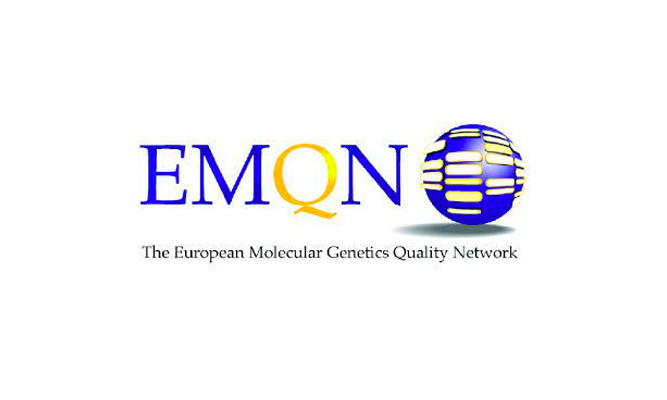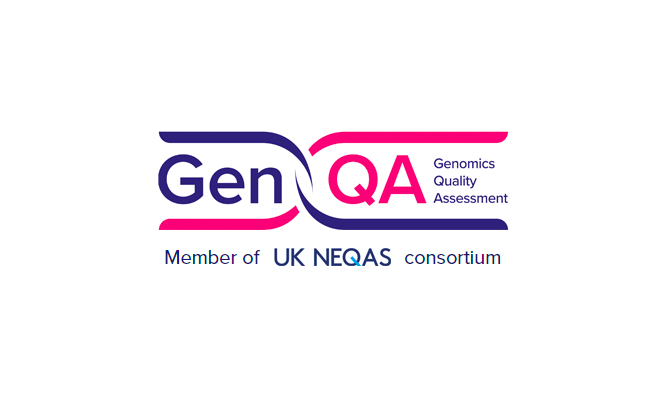The Whole Exome Sequencing (WES) test is an examination of the entire exome, which is the coding sequence of all human genes – 24,000 genes. The test can detect pathogenic, probable pathogenic, and variants of unknown significance (VUS) within exons, the mitochondrial genome, as well as CNV variants.
Genetic testing of the patient’s exome along with in-depth bioinformatics analysis and interpretation of the results by a clinical geneticist. The test includes the sequencing of exome of one patient in accordance with the standards of the Broad Institute (MIT, Harvard). At IMAGENE.ME, we use the latest DNA sequencing technology – Next Generation Sequencing (NGS). WES testing is performed using NovaSeq 6000 (Illumina).
At IMAGENE.ME the results of the test are consulted with a clinical geneticist who will make personalized recommendations for further diagnostic and therapeutic management.





